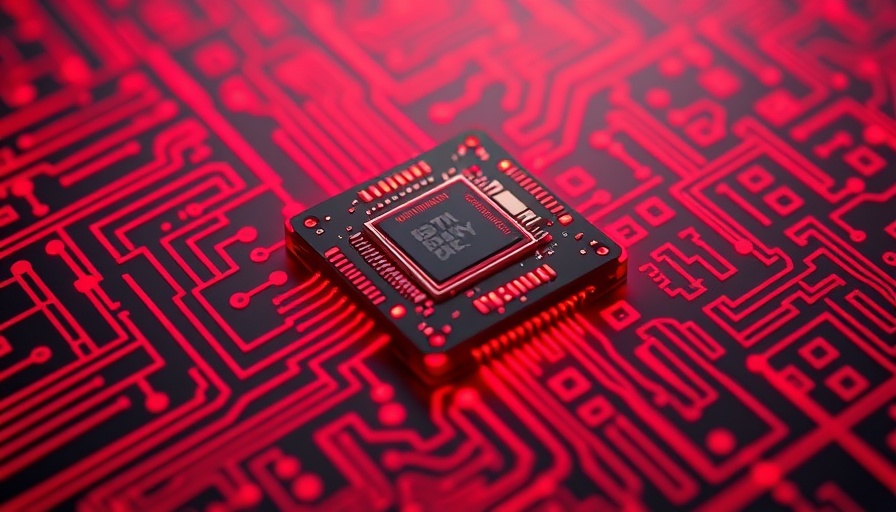
Decoding the Challenges Ahead in Data Centers
The world of data centers is undergoing a transformative phase, driven by the explosive adoption of AI and high-performance computing (HPC). With this rapid evolution, data centers are encountering a formidable challenge: the complexity of managing specialized chips that are intended to boost efficiency but instead create operational chaos. Companies are adding more diverse accelerators to keep pace with demanding workloads, inadvertently driving power consumption and increasing operational overhead to unsustainable levels.
Understanding the Roots of Data Center Complexity
As operators seek to keep up with advancing technologies, many are failing to grasp the core issues arising from this complexity. The shift from simply pairing CPUs, GPUs, and ASIC systems to incorporating numerous specialized AI chips complicates effective management. This operational challenge termed "node matching"—matching systems to appropriate workloads—has become increasingly complex, hindering the promise of improved efficiency and performance.
The Changing Landscape of Workload Requirements
There's no denying that modern workloads have evolved significantly. Unlike just a few years ago, the lines between training and inference have blurred entirely, particularly with the rise of advanced AI techniques such as transformer architectures and agentic AI systems. These developments demand an intense cycle of resource utilization during inference, often exceeding traditional requirements by up to 100 times.
Adapting to New AI Scaling Paradigms
Today, businesses face three primary scaling paradigms: foundational pretraining, which relies on increasing data and parameters; iterative post-training for optimization; and intensive compute during test time for multi-step reasoning. This complex interplay necessitates a reevaluation of how data centers are designed to handle AI workloads while still meeting increasing operational demands.
Outdated Solutions: More Specialized Chips?
In the rush to optimize performance for these heavy workloads, the industry has leaned towards deploying more specialized chips, which, while seemingly logical, might exacerbate the very issues they aim to solve. With individual accelerators consuming up to 2,000 watts and driving rack densities to staggering levels, the relentless push towards specialization could lead to even greater challenges if not approached with sustainability in mind.
Finding a Path Forward: Exploring Reconfigurable Computing
To counteract these obstacles, reconfigurable computing emerges as a promising approach capable of reshaping data center dynamics. This method allows for adaptability in real-time, which is essential in an environment where the demand for diverse workloads is ever-growing. By reconfiguring systems on-the-fly, operators could instill a new level of efficiency, help manage power consumption, and better align with the scalable needs of modern workloads.
In conclusion, as data centers navigate this new terrain marked by diverse AI demands, a shift toward reconfigurable computing may be the key to unraveling the complexity introduced by specialized architectures. By understanding and embracing these new methodologies, organizations can not only alleviate operational burdens but also pave the way for a more resilient data center architecture.
Interested in the future of your data center? Dive deeper into reconfigurable computing and see how it can transform your operations!
 Add Row
Add Row  Add
Add 




Write A Comment